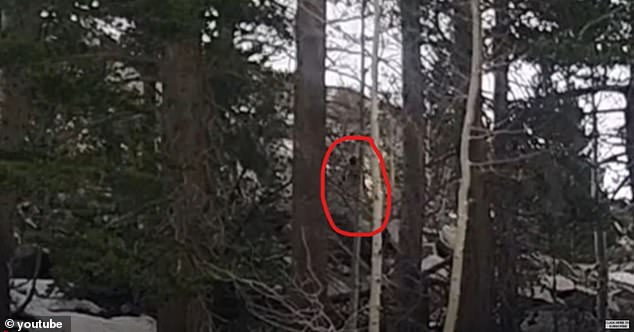
"Groundbreaking Soil Analysis at Noah’s Ark Site Confirms Biblical Account, Claim Researchers"
Mysterious Formation in Turkey May Be Noah’s Ark Site, Researchers Claim
A boat-shaped geological formation in Turkey’s mountains is sparking debate as researchers suggest it could be the remains of Noah’s Ark, which the Bible says sheltered animals during a catastrophic flood 4,300 years ago.
The Durupinar Formation, located near Mount Ararat in eastern Turkey, was scanned by independent researcher Andrew Jones and his team using ground-penetrating radar (GPR). They discovered angular structures and voids up to 20 feet underground, including a tunnel leading to a square-shaped room. “What we’re seeing fits the idea of a multi-level wooden structure,” Jones told the Daily Mail.

The Durupinar Formation’s unusual shape matches Biblical descriptions of Noah’s Ark.
Soil analysis revealed differences inside the formation: lower alkalinity, higher organic matter, and elevated potassium levels—consistent with decaying wood. Jones claims there’s a 95% statistical likelihood these findings are not random, suggesting organic material like a ship may lie beneath.
Discovered in 1948 after mudslides and earthquakes, the 515-foot-long structure aligns with biblical dimensions of the Ark (300 cubits long, 50 cubits wide). The Bible states the Ark rested on the “mountains of Ararat,” a region encompassing the Durupinar site.

Ground-penetrating radar images show what researchers interpret as hallways and rooms.
Critics argue the formation is natural, but Jones counters its pointed, uphill shape defies typical erosion patterns: “In nature, you’d expect the rounded end to face uphill.” His team also found a 39-foot void beneath the surface, resembling a central hall and rooms.

Andrew Jones (right) and his team have studied the site since 2019.
Jones and geophysicist Dr. Daniel Bigman identified “right angles” at 20-foot depths, potentially animal chambers. “You don’t see such precision in nature,” Jones said. However, he acknowledges excavation or core drilling is needed to confirm.
Mount Ararat, long linked to the Ark in Christian tradition, is another proposed site. But Jones notes the Bible refers to a region, not a single peak. “This is the best candidate so far,” he stated, while urging further study.

The Durupinar Formation’s dimensions closely match Biblical accounts of the Ark.
The team’s findings remain controversial, with skeptics demanding tangible evidence. Yet, the combination of soil anomalies, structural symmetry, and historical context keeps intrigue alive. For now, the Durupinar Formation stands as a tantalizing mystery at the crossroads of faith and science.


